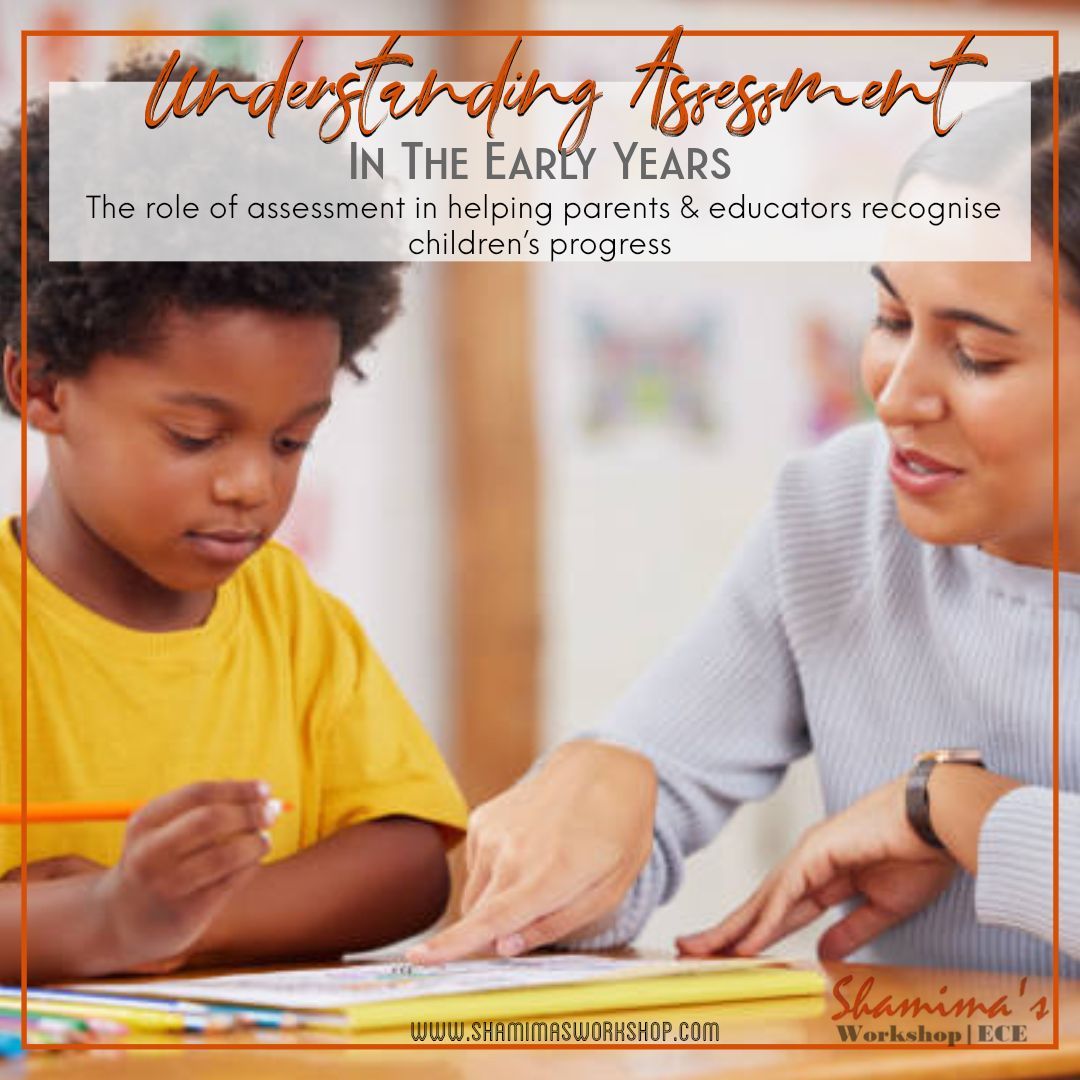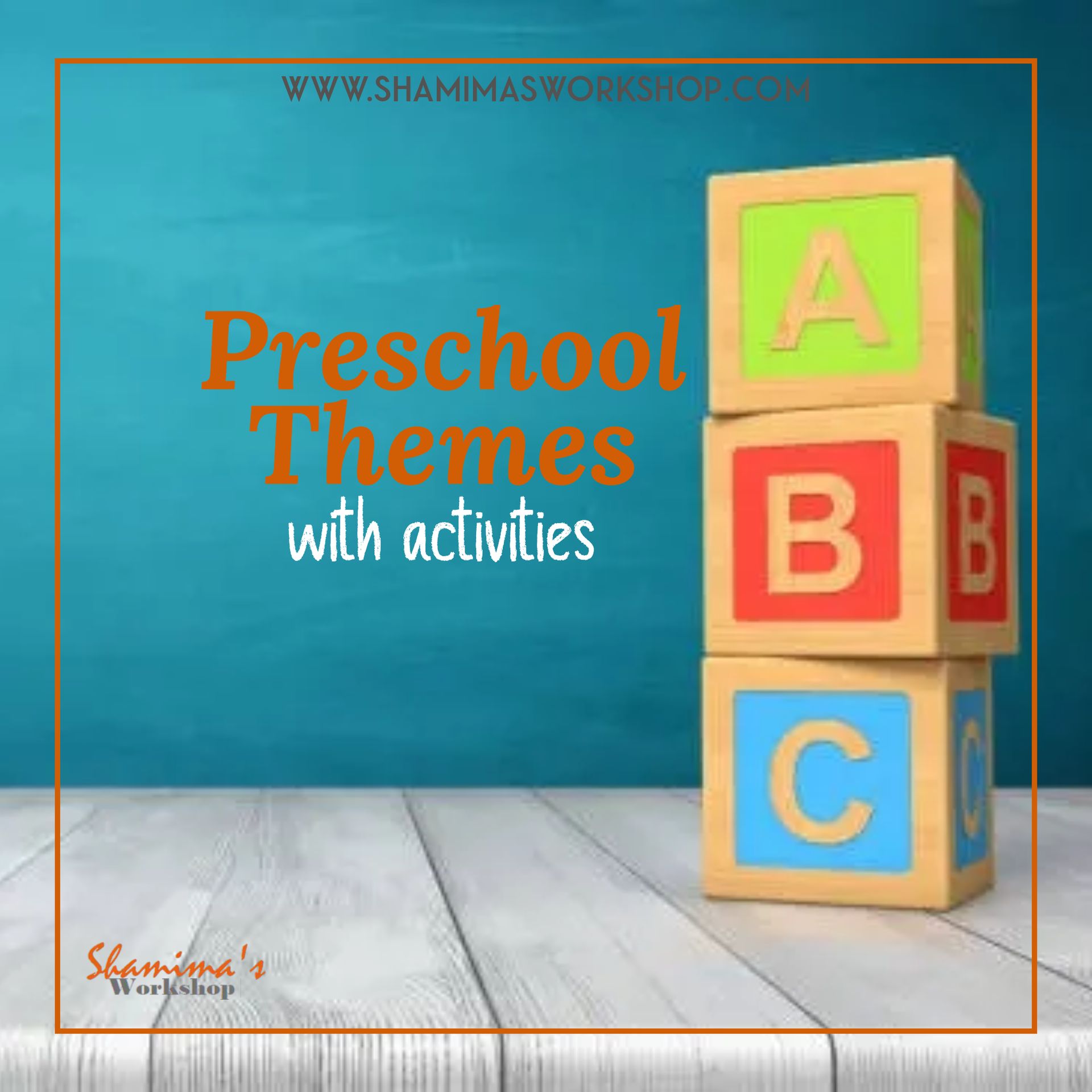Pre-Writing Activities for Toddlers & Preschoolers
What are writing readiness skills (pre-writing)?
Pre-writing skills are the fundamental skills that children must develop before they can write. These abilities help the child to hold and use a pencil, as well as to draw, write, copy, and colour. Pre-writing shapes are an important part of developing pre-writing skills. Most letters, numbers, and early drawings are made up of these pencil strokes. They are typically learned in a sequential order and at an age-appropriate level. The following strokes are included: |, —, O, +, /, square,, X, and. Research has shown that in order to write efficiently, a child must have:
- Developed gross motor skill. Such as, balance, co-ordination.
- Developed fine motor skills such as pincer grip.
- Shoulder strength
- arm muscle development
Before children can master how to form letters and handwriting, they must first learn basic pre-writing skills. They need to build up their hand strength through fine motor skills before actually writing. Pre-Writing skills are needed before any letter formation or other handwriting skills are mastered. I’m sharing some pre-writing activities that can done at home or preschool to build strength in toddler and preschooler’s( children ages from 2- 5) hands. These activities are interesting with using items you already have at home. I will introduce you to some helpful pre-writing activities and skills. The suggestions below help students to work on early writing skills before they ever pick up a pencil.
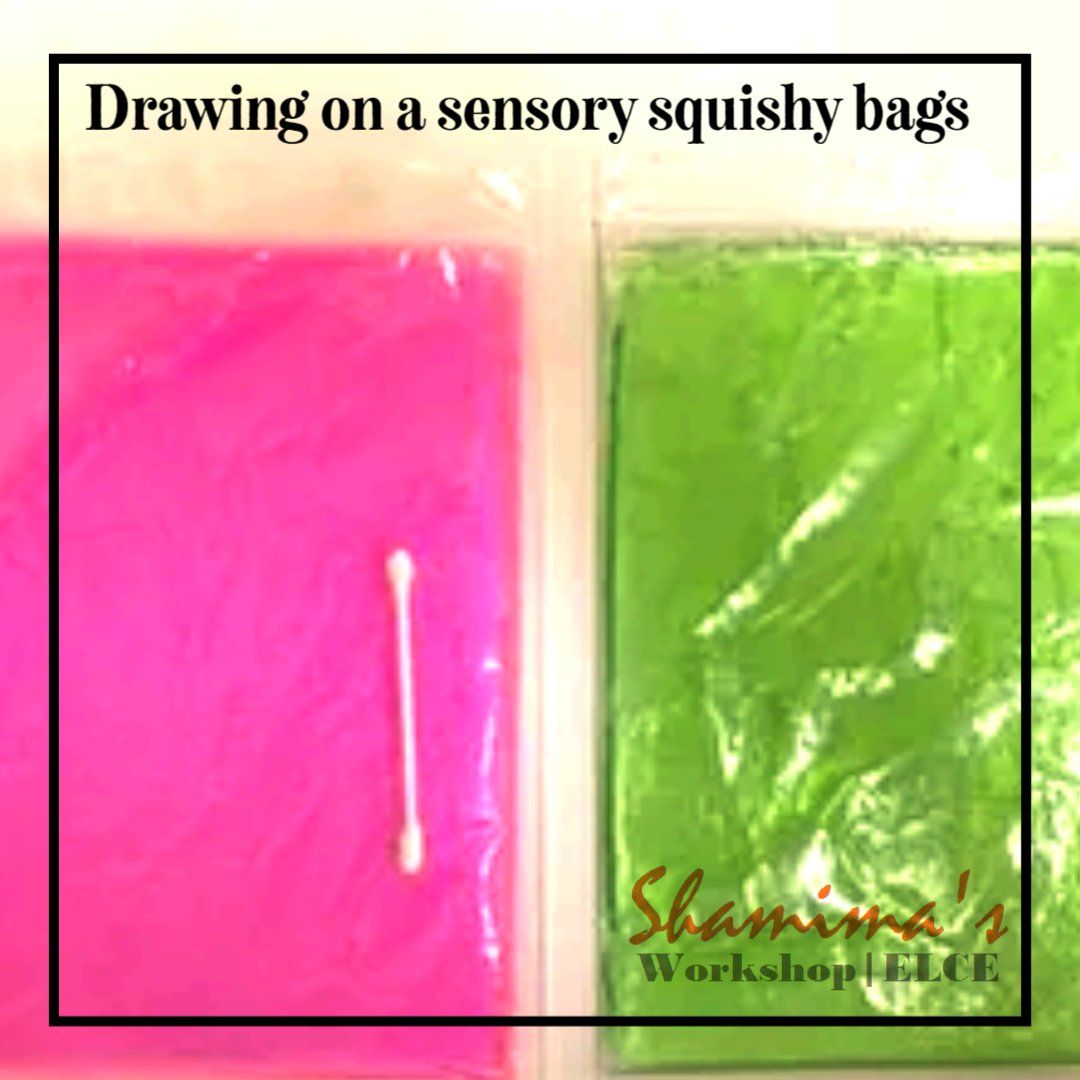


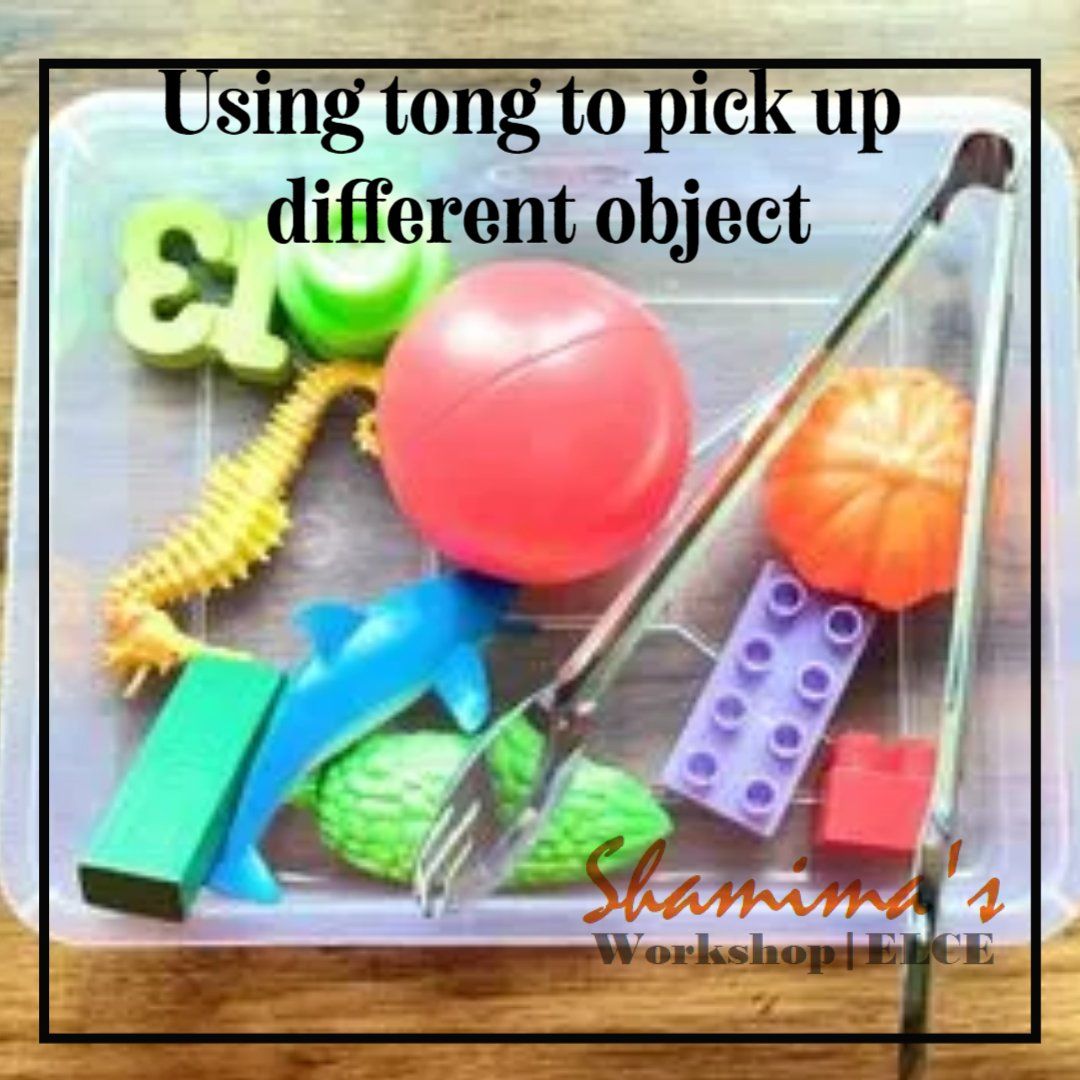
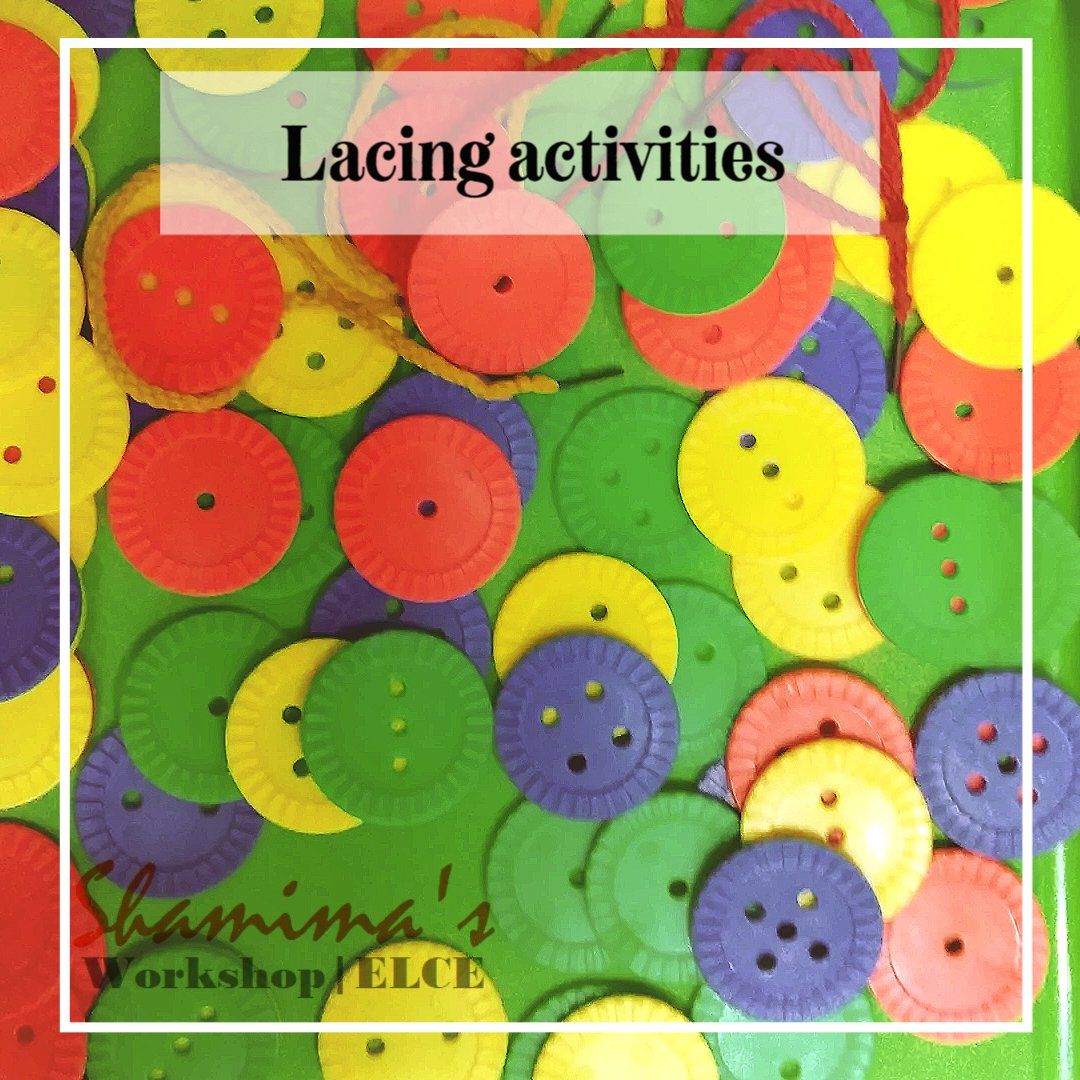

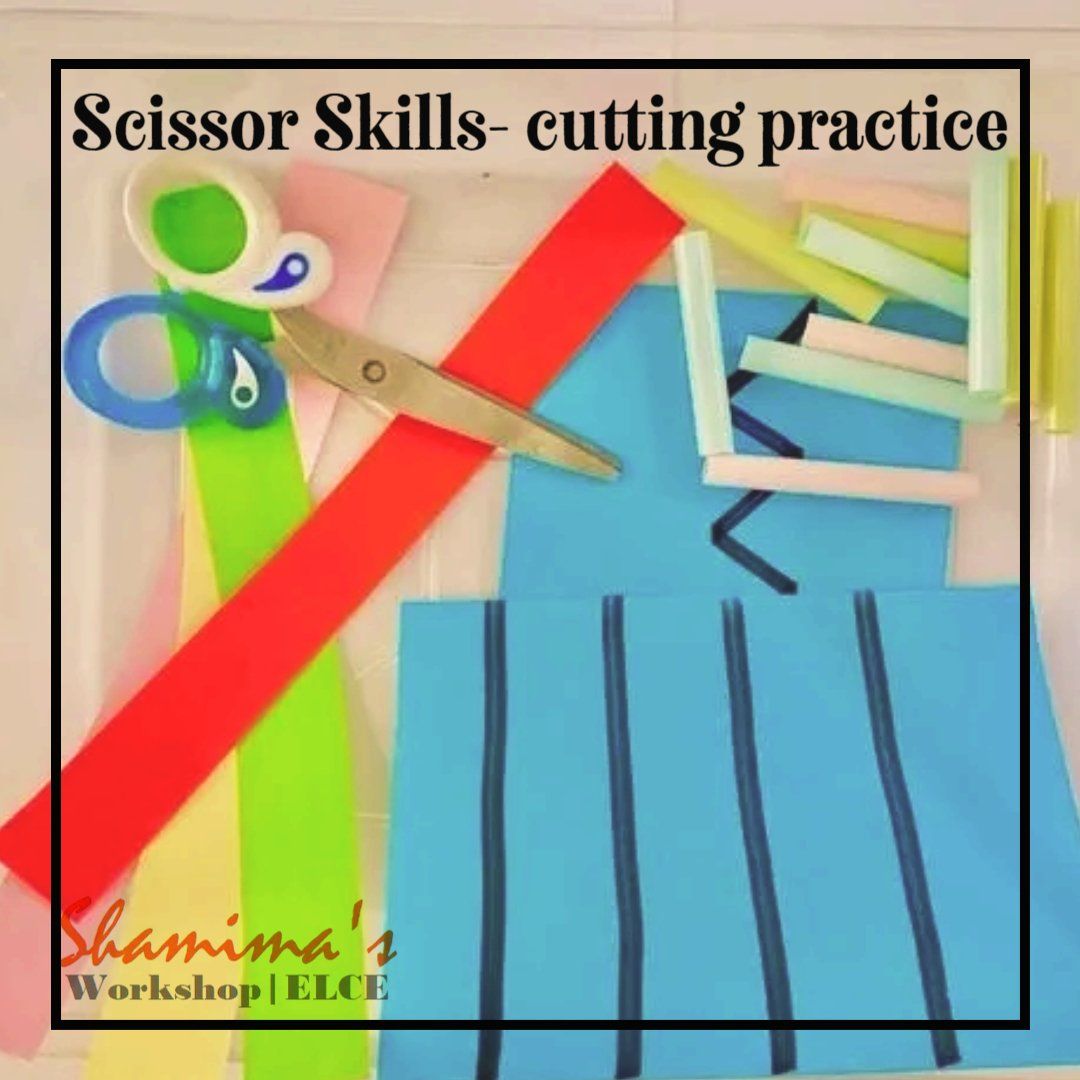

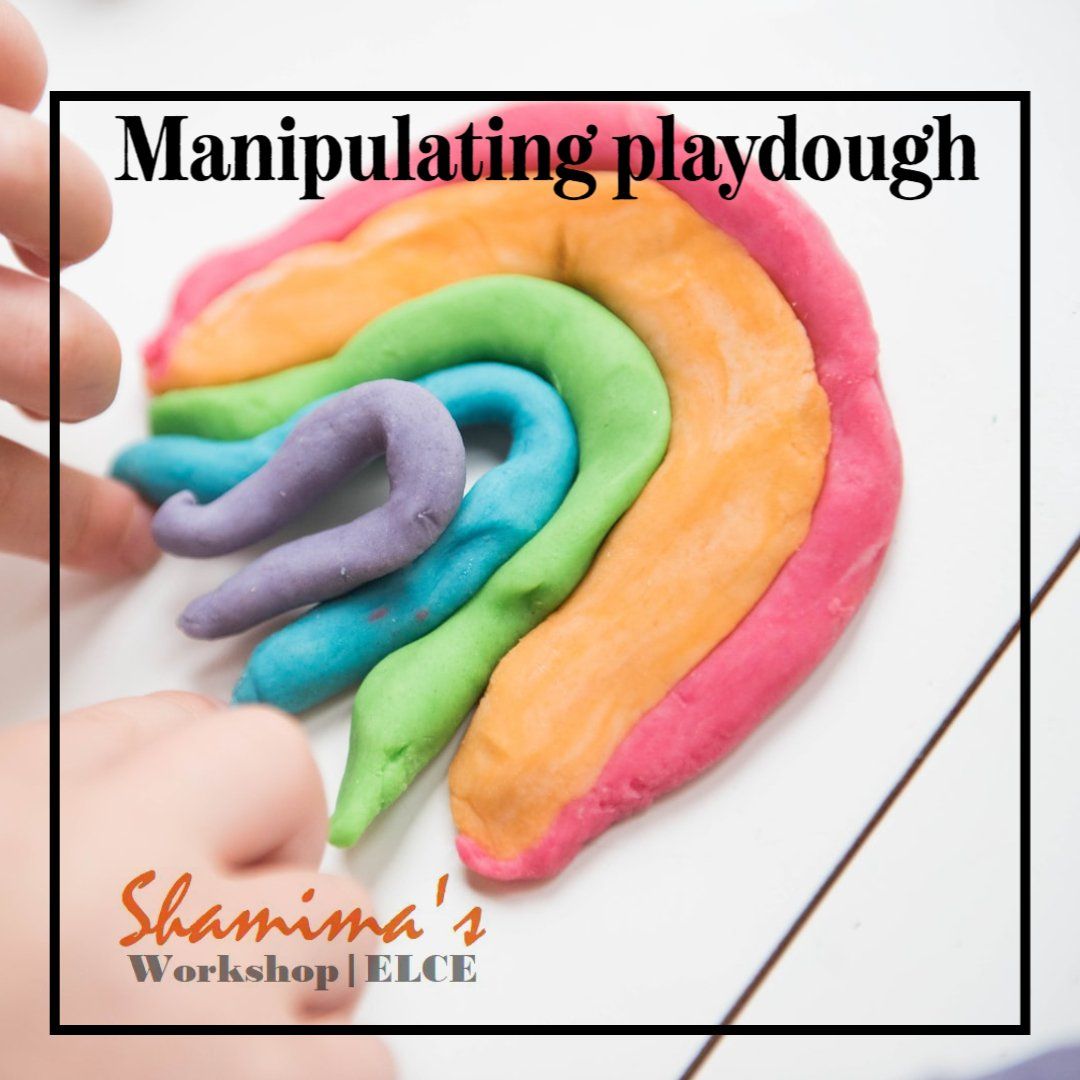
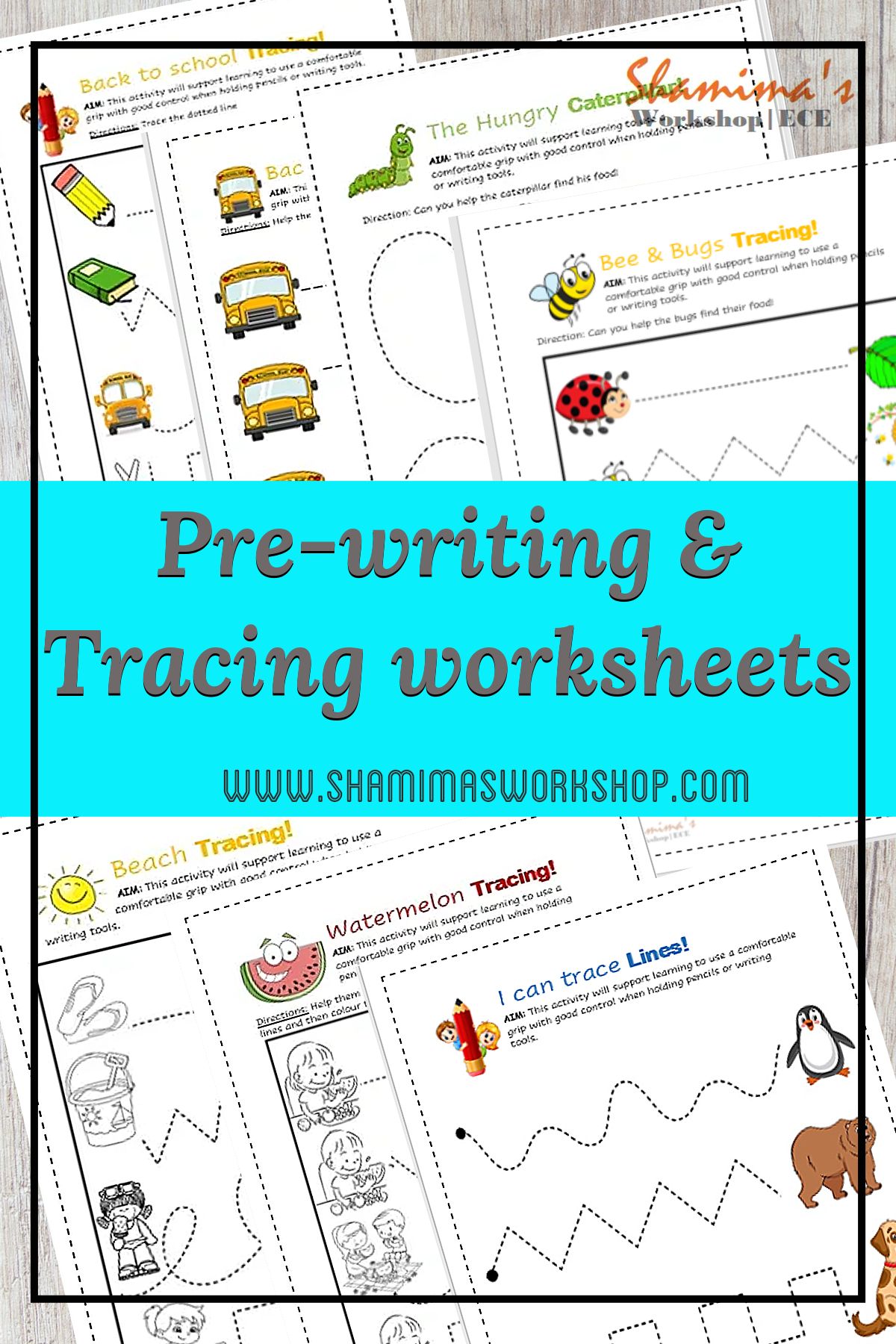
Looking for More?
While it’s important to do fine motor activities, also give your child opportunities to practice using writing utensils with worksheets. Let them use markers, crayons, colored pencils, dry erase markers, etc. Another tip is to break crayons in half so it’s easier to write with. I have created a few pre-writing and tracing worksheets which contains some strokes recommended for pre-writing development. You can download from here.
All of the activity ideas listed are designed to be complete with adult supervision. Also, you know what your child will be able to handle, so take their fine motor skills and age into consideration. These are some interesting pre-writing activities that can be repeat often in different formats so that little one gets plenty of opportunities to develop strength in their hands an fingers.
Welcome

Hi, i am Shamima Fowzee, an early years educator, trainer and consultant. I Share ideas, inspiration, & resources for play-based, inquiry-led learning. Find out more about me here.
SHOP NOW
RECENT POST

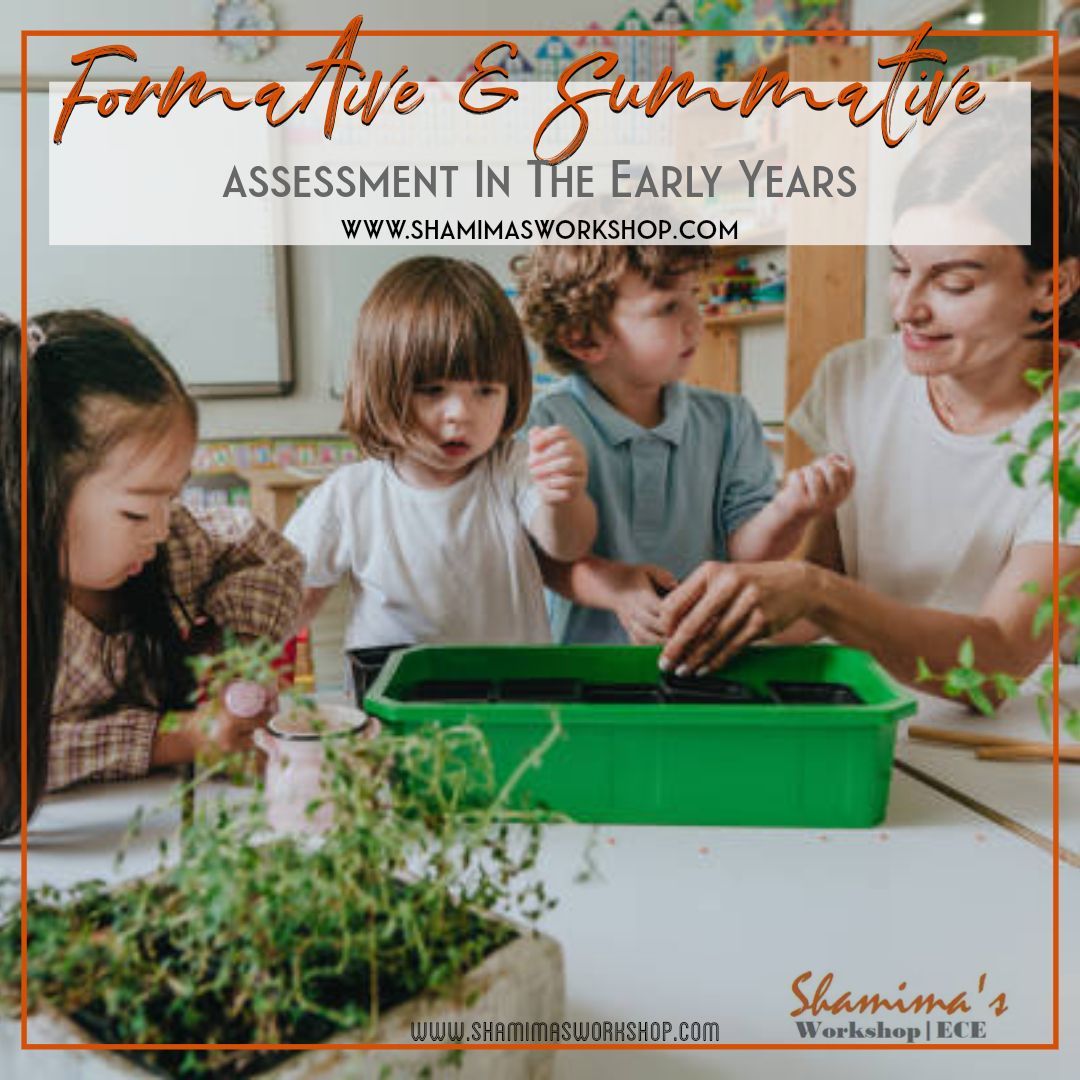
How can I thank you? Spread the word!
For everyone who is passionate about the importance of Early Years.


